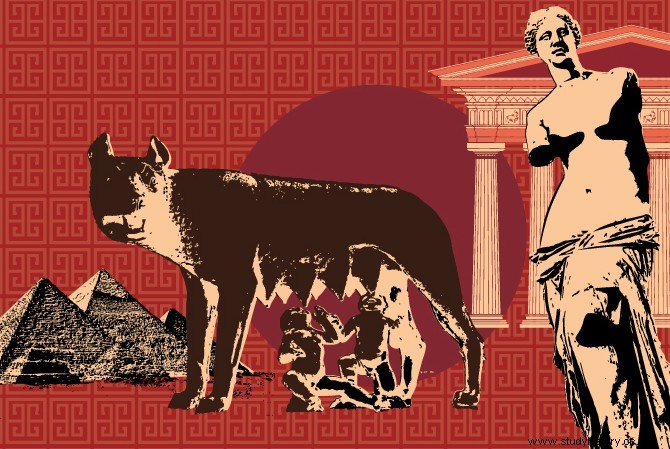
For nearly 200,000 years, like the whole of the earth, Africa was populated only by hunter-gatherers. A few thousand years ago, like everywhere else in the world, the majority of the continent's populations adopted agriculture and animal husbandry.
However, not all hunter-gatherer groups disappeared. Even today, around 500,000 Africans live this way, united in communities that can number from a few hundred to several thousand members. They are found mainly in two regions:in equatorial Africa, the humid forests of the Congo Basin are home to “pygmy” groups; in southern Africa, the desert and mountainous areas of the interior are the domain of the Bushmen.
Sedentarization policies
However, for two centuries, African hunter-gatherers have seen their numbers and their space reduced considerably. When the Europeans arrived, some succeeded for a time in integrating into the new trade circuits by supplying ivory or ostrich feathers to the newcomers. However, European domination very quickly deprived them of their traditional hunting and nomadic territories, to the point of pushing them back to the most inhospitable areas of the continent. Nowadays, many African states are pursuing sedentarization policies that are gradually leading them to meet in precarious hamlets.
Hunter-gatherer groups do not live self-sufficiently; they often have relationships with farming communities. The Pygmies, hunting specialists, supply the neighboring villages with game and honey, provide them with seasonal labor for the work in the fields and play music during the festivities. In exchange, they receive agricultural products (cereals, plantains, etc.) or craft items that are essential to them, such as assegais or pots.
